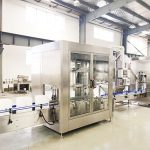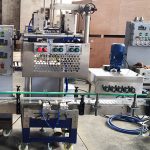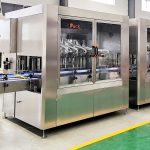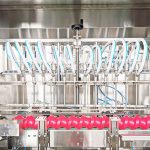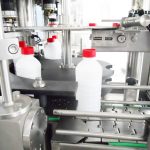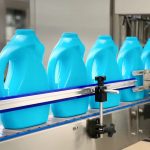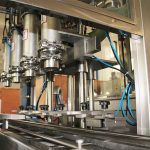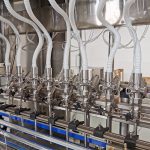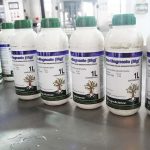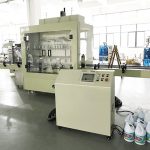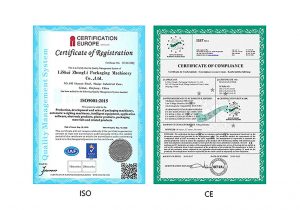Automatic Disinfectant Liquid Filling Machine
Automatic Disinfectant Liquid Filling Machine
Packaging Sanitizers and Disinfectants
With a declaration of a global pandemic, demand for certain products is rightly on the rise. Both sanitizers and disinfectants are touted as ways to either slow down the spread of, or kill, the coronavirus. As people around the world fight the virus, demand for these items rise and, hopefully, can be met. Surprisingly, while the many different products in the industry seem similar to one another, the packaging machinery used to prepare these products can vary greatly.
Sanitizers and disinfectants have different solutions or formulations. That is to say, different ingredients make up the different products. Some of the difference may be found in fragrances, but some may also be found in the chemicals used to sanitize or disinfect. These variations mean that one filling machine may work better for one formulation, while another may work best for a second formulation.
First, these products may vary in viscosity, which alone can help point to one filling machine solution over others. Thin products may use either gravity or overflow filling machines to quickly fill by level or by volume. Thicker sanitizers or disinfectants may be better suited to pump or piston filling equipment. In this industry, all four of the most popular pieces of filling equipment could be used, depending on the unique characteristics of the liquid. However, there are often other considerations to take in to account as well.
For example, the make-up of some sanitizer can leave the product flammable. While this does not mean that the product cannot be prepared using packaging machinery, it does require some modification to the machinery as well as added safety components. Additionally, while most people will think of smaller containers, the bottles used to package these products can range from an ounce to a gallon or more. This means that the filling machinery used to package a range of bottles must also be built to be versatile enough to handle the packagers' specific range of containers.
Equipment for sealing sanitizers and disinfectants can also vary depending simply on the type of closure used on any given brand. Pump caps, flip tops, sprayers and even some CRC's and simple flat caps are probably the most prominent caps for these products. While spindle and chuck cappers will handle most of these type of closures, known as screw-on type caps or continuous thread caps, there are likely exceptions that may lead to different sealing solutions.
Given the wide range of possible packaging solutions for sanitizers and disinfectants, including both semi-automatic and automatic equipment, the best solutions can only be found using a case-by-case analysis of the project at hand. Understanding the chemical makeup, the containers and the closures being used can help lead to the most efficient, effective and reliable packaging solution.

